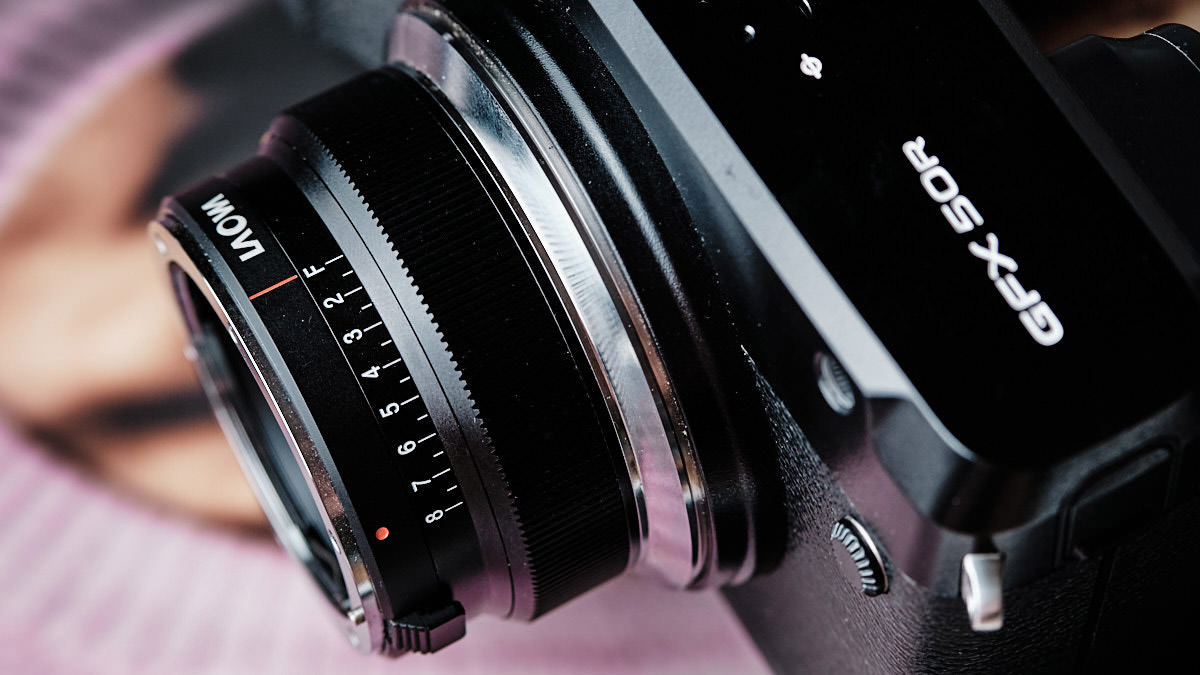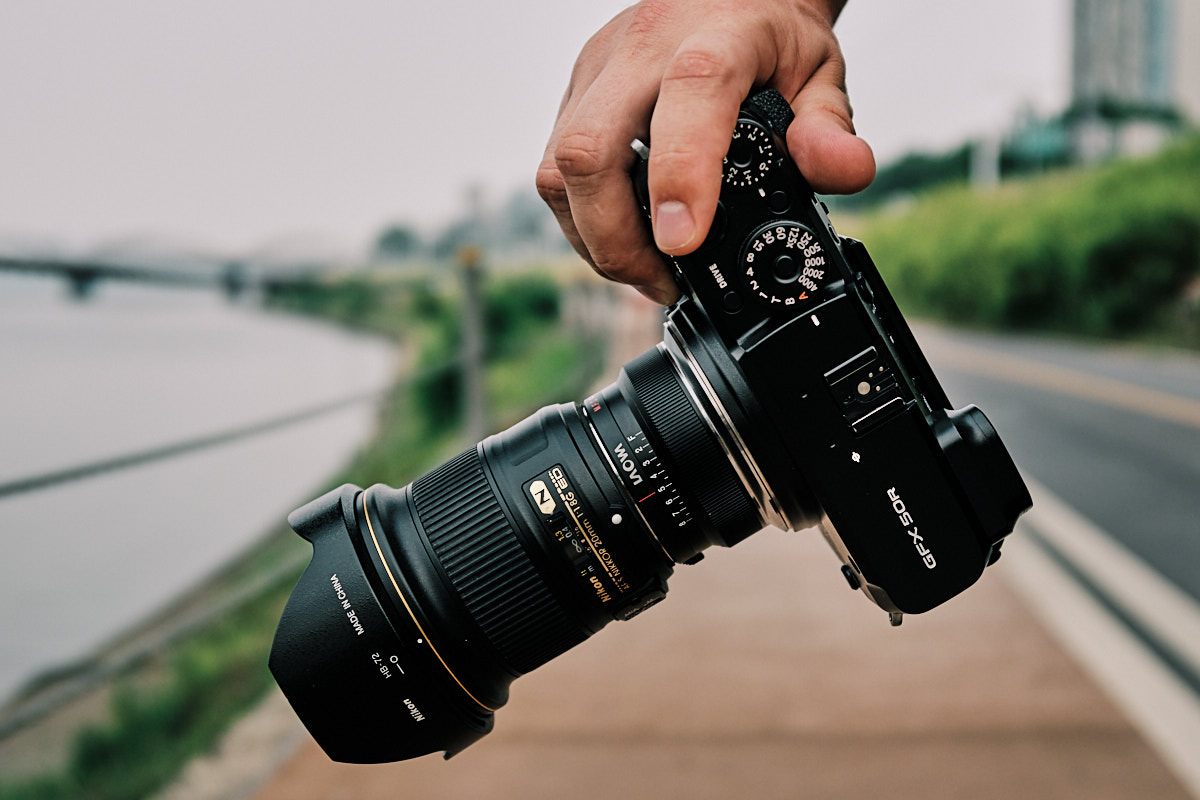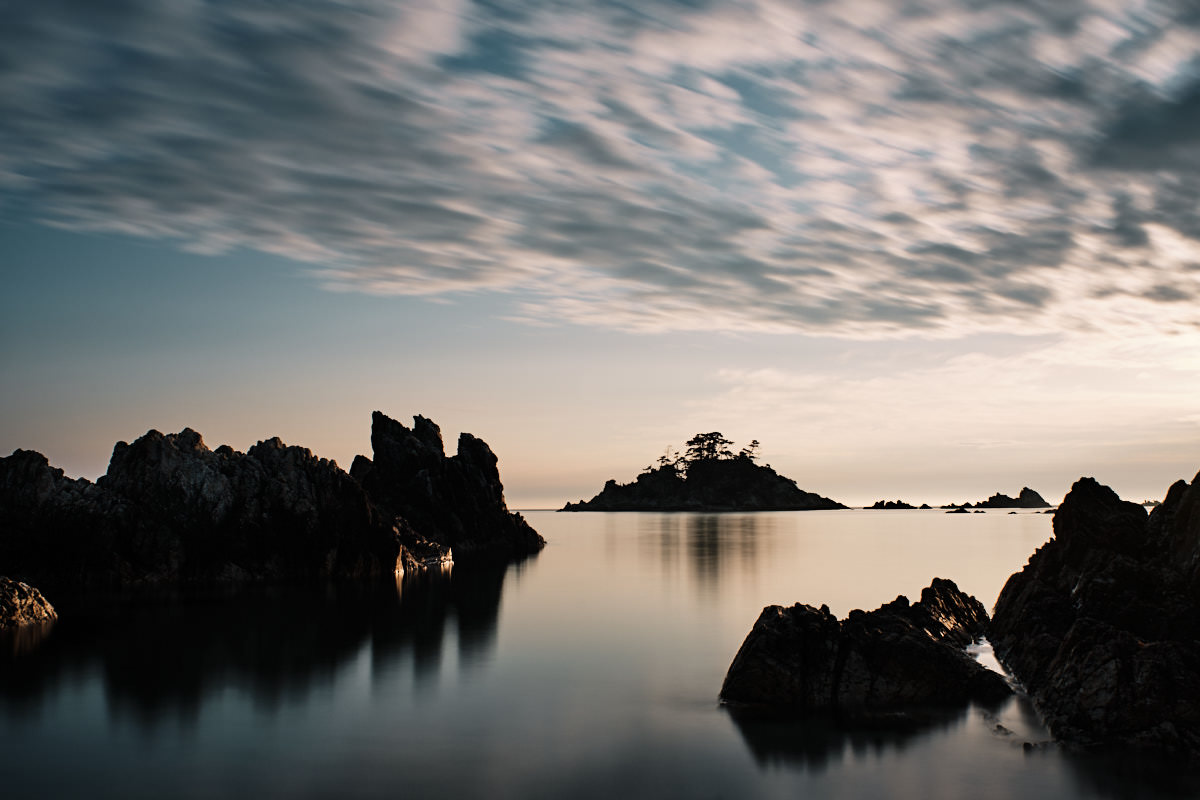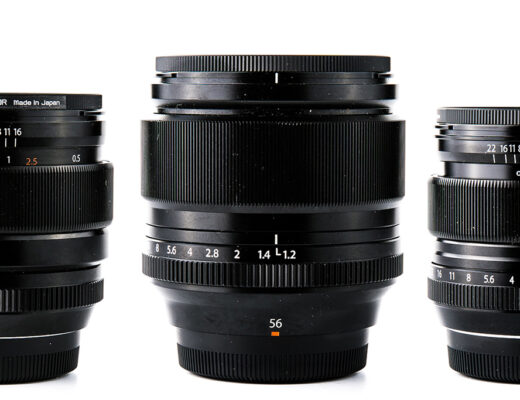Last month, we took a look at a few different ways to adapt Nikon’s vast lens library to your GFX camera. In this article, we’ll take a little more of a detailed look at one of the more interesting offerings: the Laowa Magic Format Converter.
What is it?
The Magic Format Converter basically takes the image circle from the full-frame lens (there are both Canon and Nikon mount versions available) and magnifies it by 1.4 times. This means that you’ll get a slightly tighter field of view on the GFX than you would with the original sensor size the lens was designed for. If you follow the formula of (Focal Length * 1.4) * 0.79, you will notice that this actually magnifies the image circle a little more than the original lens’ projection. But how does it perform?
Build
This is where Laowa really shines amongst the other offerings on the market. Their build quality is amazing. All of the lenses I’ve tested so far have been excellent and this converter is no different. The machining feels premium and the mounts are smooth and easy to turn. On top of that, the aperture ring is not a de-clicked mess like the Fotodiox or a cheap feeling loose apparatus like the Steelsring AF adapter (see previous article). The ring offers some resistance and has clicks every half stop (we’ll look at this in more detail below).
If there were anything to complain about with the build, it would be the finish on the GFX mount. Like many other adapters, the chrome finish detracts from the overall sleek look that they have. When mounted, you have a black camera body, a black adapter, a black lens, and a chrome circle around the mount. While not a deal-breaker in any way, it may bother some people.
The optical components of this adapter were designed with wide-angle lenses in mind, specifically Laowa’s own 12mm f/2.8. In fact, these two optical formulas were used together to form the Laowa 17mm f/4 for GFX. Laowa mainly intended this to be used with wide-angle lenses, so the optical system is designed to minimise the aberrations common in these lenses. We’ll take a look at a couple of the pros and cons of the design below.
In Use
Let’s start with the MFC’s intended use, a wide-angle lens. I got my hands on a Nikkor 20mm f/1.8G for these tests as it’s known to be an excellent optical performer in the Nikon world. While the conversion factor makes the lens a little tighter than you would expect (~22mm full-frame equivalent), it’s still an extremely wide-angle lens and the optical performance is excellent. I noticed no increase in fringing, no vignette, and no loss in sharpness during my testing.
One of the issues we always come up against when converting lenses is performance at or close to infinity focus. This is where the Laowa MFC really shines. Not only does the lens perform well when focused close, bit it resolves plenty of detail. As you can see in the sample below, even the tiny (within the frame) bolts on the bridge are rendered with sharp edges.
Working with a G-type lens (no physical aperture ring) raises a couple of issues with adapters. These issues stand out more with the Laowa MFC because it is built so well. With cheaper adapters, like the Fotodiox, the adapters aperture ring is loose and clickless. This means that you can never really know what aperture you’re at or even if you’re able to use the full aperture range of the attached lens. With the MFC, the stops are clicked and you instantly notice that aperture selection can be a little confusing.
For example, the 20mm f/1.8 has a total aperture range of 6 1/3 stops. The aperture ring on the MFC has a range of 7 stops in total. So, all apertures on the 20mm are selectable. What this translates to is the first two clicks on the MFC having no effect at all. I noticed the same thing with the 70-200 f/4G, which also has a 6-stop aperture range. A lens like the 58mm f/1.4, however, can make use of all 7 stops on the MFC and so moving the aperture ring from F to 1 stops down from f/1.4 to f/2. It is one extra thing to remember if you’re working quickly, but chances are that won’t be the case with a fully manual system such as this.
One pitfall of the optical design of this adapter is that not all lenses, especially longer focal lengths or some zoom lenses, will work as expected. Sometimes physical parts of the lens, or even the larger image circle produced, can become a problem. I ran into this issue with the Nikkor 70-200mm f/4. As you can see here, there is a significant vignette with this lens.
When I first looked through the viewfinder with the 70-200mm f/4, I noticed right away that there was a heavy vignette. I tried stopping down in order to remove it, but all this did was make the vignette have sharper edges. I reached out to Laowa for some insight into this. Rather than being an optical vignette, it actually seems as though parts of the lens’ construction block the optical system of the MFC. While you can certainly crop off the edges of the frame and use the centre portion, this may not be desired for some uses.
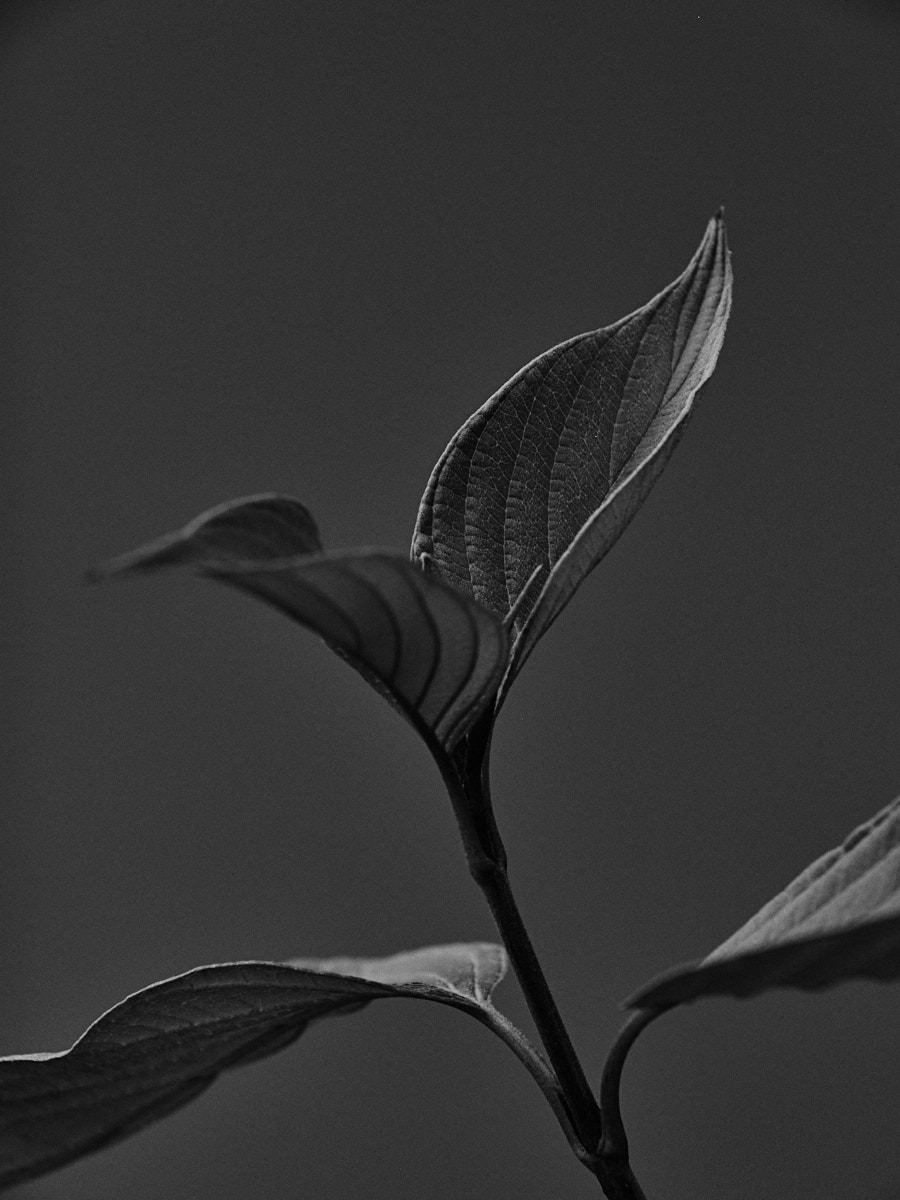
GFX 50R, Laowa MFC, Nikkor 70-200mm f/4G (@ 200mm), ISO 800, I/480, f/4 (20% of frame cropped to remove vignette)
Aside from this, the image quality produced with longer lenses was also quite good. The 70-200mm did feel a little softer than I was expecting. On my old Nikon D800, this was one of the sharpest and most contrasty lenses I owned. However, there was still certainly a pleasant feel to the images that differs greatly from Fujifilm’s native glass.
What I would Like to See
For my own personal purposes, this adapter is somewhat limiting. Ideally, I would like to see a more generic set of optics in the converter to make better use of longer lenses and a wider variety of Nikkor glass. It would also be great to see some electronics in a new version since Fujifilm’s lens mount is now “open”. This could come in the form of electronic aperture control, or even a collaboration with Steelsring to allow autofocus. There may be many hurdles to such a thing, but I believe it would make for an extremely useful adapter.
The Verdict
For it’s intended purpose, the Laowa MFC is an excellent piece of hardware. For those who work frequently with wide-angle lenses and would like to adapt Nikon or Canon glass to the GFX system, it is certainly a worthy contender for your money. For those working with longer focal lengths, there might be other options that would be more cost and image-quality effective solutions to your desire to adapt lenses. You can check out more on Venus Laowa’s website.


